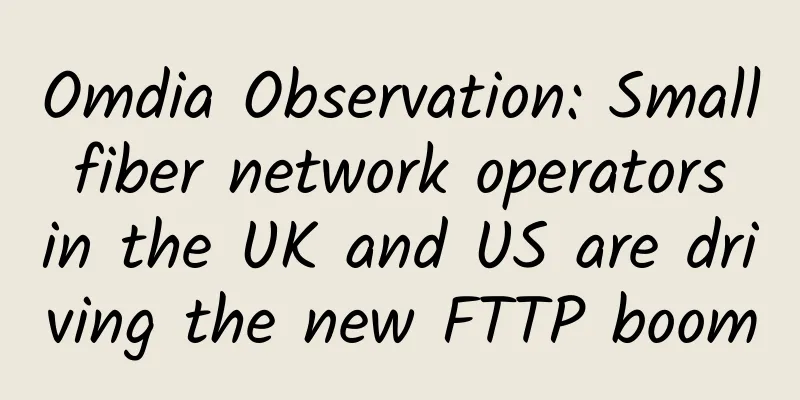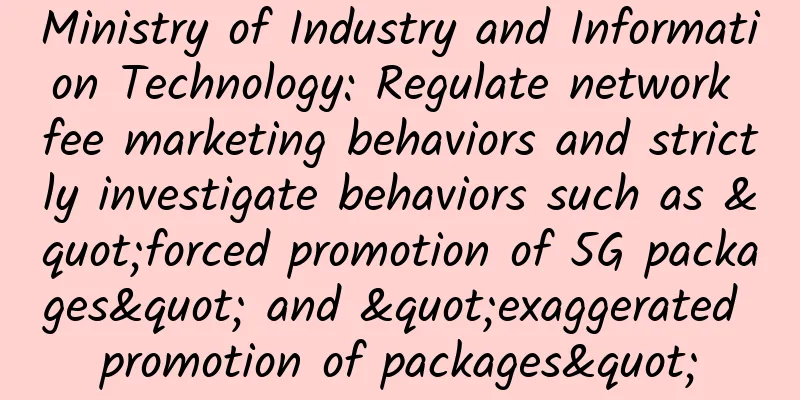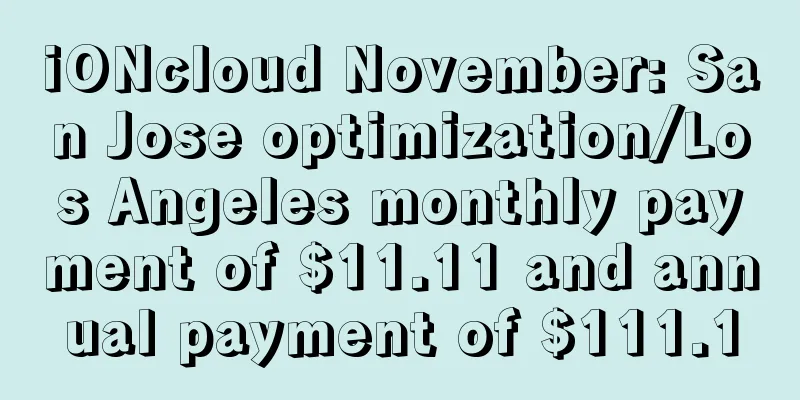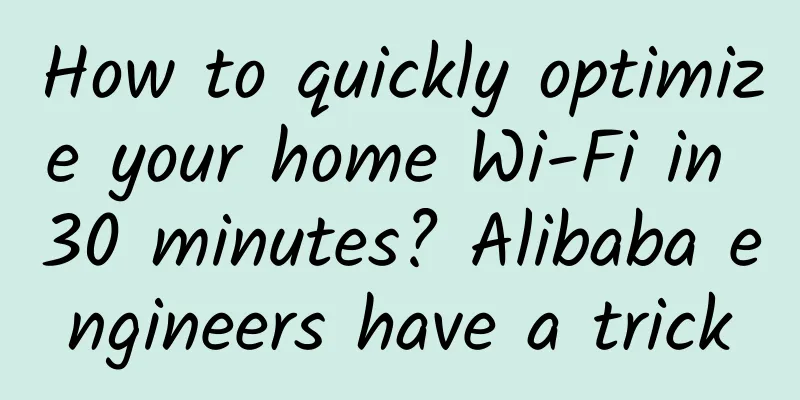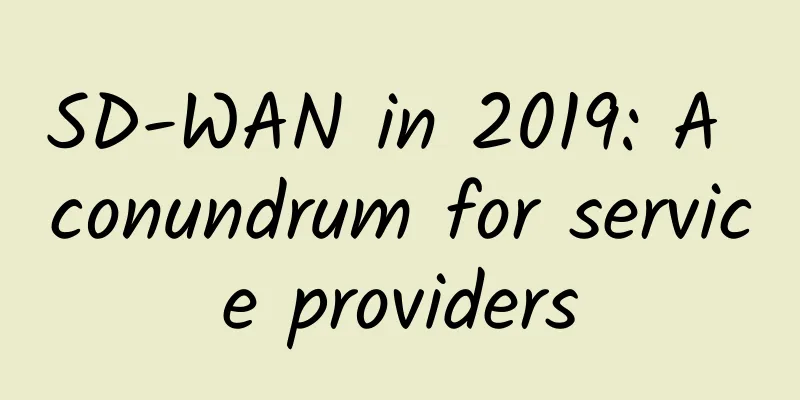Unified, standardized, and intelligent, Borei Data OneAlert helps reduce costs and increase efficiency in operation and maintenance
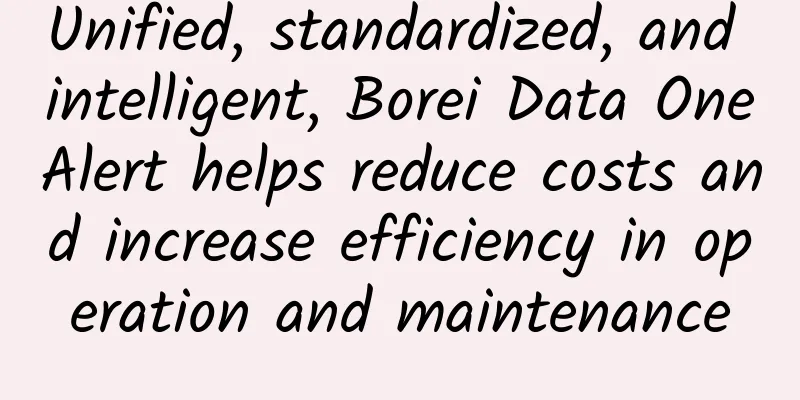
|
With the cloudification of IT infrastructure, the containerization of application operating environments, and the microservices of system architectures, the amount of data processing has increased exponentially. Enterprises have to introduce more tools and more complex processes to improve the sophistication of IT system management, which has resulted in increasing pressure on IT operations and maintenance personnel. First, the deployment of a large number of systems has caused the alarm sources to become increasingly dispersed, and each alarm is distributed and isolated, resulting in the inability to manage alarms in a unified manner. At the same time, the scattered and inconsistent sources of alarms have led to a disordered alarm processing process, a lack of unified processing, unified notification, and inability to standardize processing. In order to ensure the safety of operation and maintenance, enterprises often deploy more monitoring, which will result in more and more alarms. There are often a large number of repeated and redundant alarms among these alarms. When handling alarms, operation and maintenance personnel cannot quickly locate the key information of these alarms, which puts tremendous pressure on the judgment and processing of alarms by operation and maintenance personnel. Therefore, there is an urgent need for an operation and maintenance monitoring unified management platform that can help customers solve the above problems. Recently, Borei Data has developed a new generation of alarm platform product - OneAlert, which has unified access to full-scenario operation and maintenance monitoring, noise reduction and convergence of massive alarms, and unified fault analysis and management. With unified, standardized and intelligent alarm management, it can reduce operation and maintenance costs for enterprises, improve work efficiency, and ensure the stable operation of the business. Hao Ning, product manager of Borei Data, introduced in detail the core advantages and value of OneAlert from three aspects: unification, standardization and intelligence. Unified access to multi-source events OneAlert achieves unified access to four types of monitoring tools: the first is cloud monitoring tools, including the three common clouds: Alibaba Cloud, Tencent Cloud, Huawei Cloud, etc. The second category is the monitoring tools developed by Borei Data: APM Server, NET, SDK. The third category is the open source monitoring tools commonly used in the operation and maintenance process: ZABBIX, Prometheus, etc. The fourth category is the self-built platform and customized monitoring tool REST API. The OneAlert platform supports unified access to mainstream operation and maintenance monitoring alarm sources, and provides complete and unified standardized mapping processing for these multi-source heterogeneous data after access, realizing full coverage and unified access to operation and maintenance abnormal event monitoring in all scenarios, avoiding monitoring blind spots where no one has discovered major events due to the independence of their own monitoring data. Standard handling of operation and maintenance faults According to Hao Ning, after accessing alarm data from multiple sources, the OneAlert platform supports providing a unified, real-time display of fault information. Operation and maintenance personnel no longer need to log in to multiple platforms to view fault conditions, thereby improving the efficiency of handling abnormal events. At the same time, OneAlert supports the use of different notification methods for different notification requirements, which enables the rapid notification of faults to relevant persons in charge, ensures timely response to faults, shortens fault handling time, and minimizes the impact on the business. Finally, OneAlert supports the tracking of fault processing and implements closed-loop management of the fault life cycle, making operation and maintenance fault processing from the previous disorder to an orderly process, improving the overall work efficiency of front-line operation and maintenance personnel and operation and maintenance managers. Intelligent convergence of massive alarms The OneAlert platform generates alarms by denoising massive amounts of chaotic events, thus reducing the amount of information required for fault analysis. It also identifies the correlation between abnormal events through functions such as custom label rule convergence, label AI similarity, and AI intelligent decision-making convergence in the AI time domain, and combines multiple related events into one fault, thereby assisting operation and maintenance personnel in focusing on key fault information, avoiding alarm storms, and greatly reducing overall operation and maintenance costs. Among them, the intelligent convergence of AI algorithms realizes effective support for AIOps multiple scenarios, fundamentally solving the bottleneck problem of rule convergence. It also supports the customized use of convergence combinations, and conducts AI capability convergence exploration (AI similarity + AI time domain) based on rule convergence, making the convergence scenarios more comprehensive, the convergence capabilities more powerful, and the convergence effects more significant. Based on the leading advantage in data processing, OneAlert supports not only fixed label convergence but also custom labels as convergence conditions for alarm convergence during the alarm convergence process, effectively avoiding alarm storms caused by massive and chaotic alarms. In short, OneAlert provides complete standardized analysis, processing and control capabilities, enabling timely discovery and unified management of faults (before the fault occurs); rapid response and precise disposal (during the fault occurs); and standardized full life cycle control of analysis and statistics (after the fault occurs). Actively polish products and promote product internationalization Talking about the gap between domestic application performance observation products and those of international manufacturers, Sun Li, product director of Borei Data, said that domestic application performance observation products basically have the same product capabilities, but they still need to catch up in terms of technical depth and technological leadership, especially in the application of AI. In addition, the efficiency of converting emerging technologies and capabilities into products, such as the observability of cloud-native networks, is an aspect that domestic application performance observation products need to learn. Under the general trend of information technology innovation, Borei Data's application performance observation products have made many adaptations in terms of servers, operating systems, database middleware, etc., support most mainstream manufacturers, and have begun to be implemented among government customers. In terms of standards, Borui Data actively participated in the formulation of standards by the Ministry of Industry and Information Technology, the Xinchuang Working Committee, etc. Sun Li said that these standards will be very important for Chinese products to go global. |
<<: AT&T and Microsoft team up for private 5G edge deployment
>>: New technology popularization post: What is IPv6+?
Recommend
Riverbed Redefines APM, Helps Enterprises Promote Digital Transformation
[51CTO.com original article] It is obvious that d...
XDP technology for high-performance network framework
1. Basic Concepts of XDP XDP stands for eXpress D...
Network Slicing "Hot Pot Theory": Same Pot, Different Dreams
In the dog days of summer, when people are "...
Learn dynamic routing protocols from scratch and never get lost in network routing again!
Classification of dynamic routing protocols Class...
Google open-sources network-opt for optimizing network topology
The Internet has become the most important issue ...
5G is integrated into thousands of industries, and mature commercial use still needs to achieve the following points
In recent years, 5G is undoubtedly the most popul...
Huawei was named "Most Innovative Company" by Brand Eins and "Best Employer" by LinkedIn in Germany.
[Düsseldorf, Germany, March 22, 2018] Huawei was ...
HXServers: $3/month KVM-dual-core CPU, 1GB memory, 60G NVMe, 2Gbps unlimited traffic, Los Angeles/Phoenix data center
HXServers is a new foreign hosting company that o...
8 predictions for the development of network technology in 2017
The Internet is evolving at an unprecedented pace...
ProfitServer: 50% off VPS in Hong Kong/Singapore/Netherlands/Germany, unlimited traffic, starting at $2.88 per month
ProfitServer has launched a promotion to celebrat...
A 10,000-word article that explains computer networks with pictures!!!
[[383719]] The author has developed a simple, sta...
Ministry of Industry and Information Technology: my country has built nearly 850,000 5G base stations
According to the Ministry of Industry and Informa...
HostKvm adds Australian VPS, 40% off 2G memory package starting from $4.2/month
HostKvm has launched a new data center: Australia...
KVMLA: 20% off monthly payment and 50% off annual payment for all SoftBank VPS in Hong Kong/Singapore/Japan
During the Black Friday and Double 11 period, KVM...
Xunfang and Huawei join hands to enter the era of big service 2.0, four key words to achieve consistent service experience
[51CTO.com original article] On a weekend in earl...
